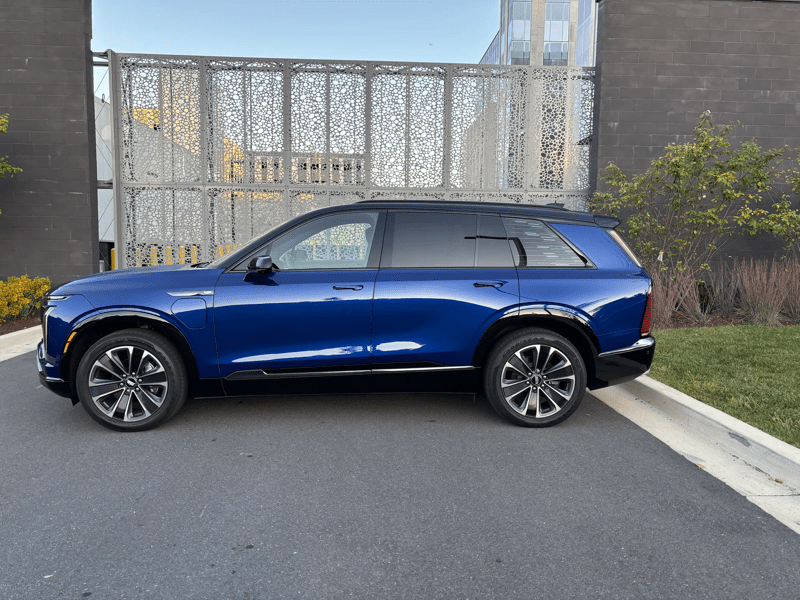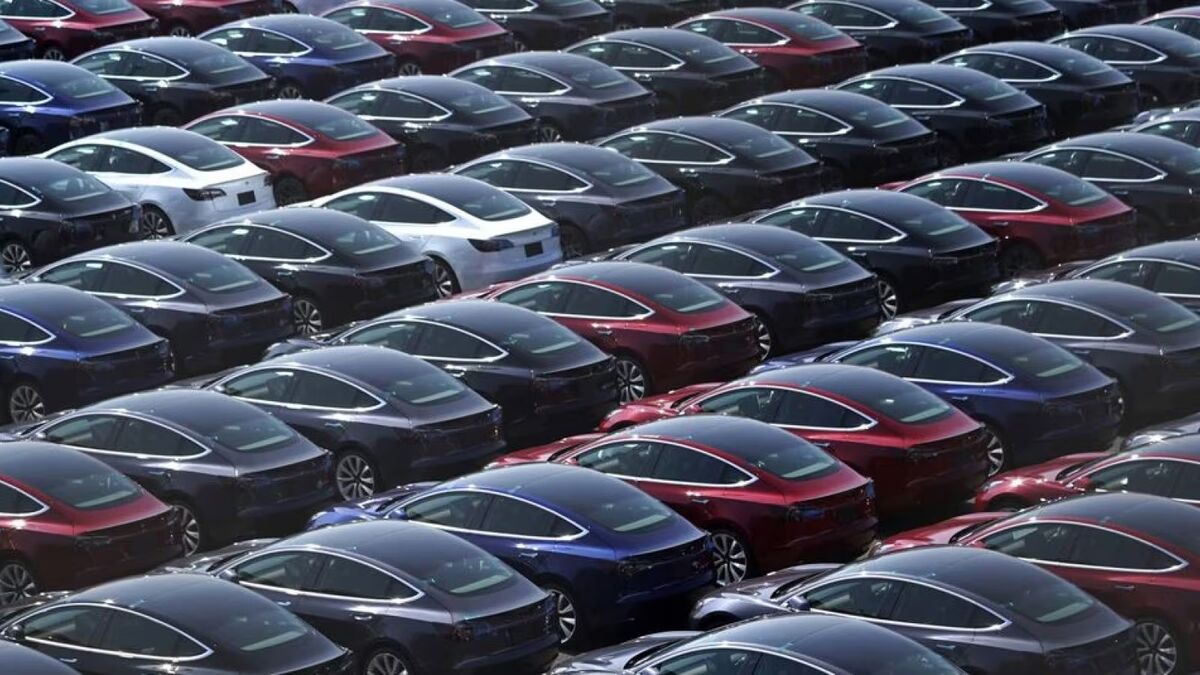- The federal government’s $7,500 electric vehicle (EV) tax credit sunsets in September
- California may replace the program with its own
The federal government plans to end a tax credit program that helps Americans buy new and used electric vehicles (EVs). However, car shoppers in the country’s most populous state might get to keep it, though they might have to time their purchases right to get the discount.
The federal government offers a $7,500 tax credit on the purchase of many new EVs. A similar $4,000 credit covers used EVs. Restrictions limit which buyers and cars qualify. The limitations are meant to encourage automakers to build cars and batteries domestically and keep the wealthy from the discount. Qualifying buyers can use the credit as a down payment.
Related: How Do Electric Car Tax Credits Work in 2025?
A bill passed in July – the so-called “one big beautiful bill act” – will end the tax credit at the end of September. That has triggered a sales rush as Americans look to use the credit before it disappears.
But it might not disappear for everyone. California is considering a state-level program to replace the tax credit.
Industry publication Automotive News reports, “An Aug. 19 report from the California Air Resources Board [CARB] recommends action to ‘backfill the federal tax credits’ by providing ‘point-of-sale rebates, vouchers, or other credits to keep new vehicle sales robust.’ ”
The report, the Los Angeles Times says, “focuses on boosting zero-emission vehicle adoption and reducing tailpipe emissions in communities dealing with some of the nation’s worst air quality and most rapidly intensifying effects from global warming.”
Funding Remains an Issue; Tesla Might Be Excluded
- Funding and other issues remain up in the air
It’s not clear how California would fund the effort. CARB Chair Liane Randolph, on an Aug. 19 call with reporters, said the rebate could ultimately be worth less than $7,500 depending on “how the program is structured.”
The state overhauled its own EV rebate program in 2023 because it often ran out of funding. California residents learned to plan their EV purchases early in the year before the funds ran out.
The state also proposed, in 2024, a cap on the number of cars an automaker could sell before losing access to the rebate. That would likely have excluded sales leader Tesla.
California Often Goes Its Own Way on Cars
- Six automakers have separate emissions agreements with the state
- It sets its own emissions standards, but the right to do so is locked in court disputes
California is the most populous state, accounting for nearly 12% of all Americans. Its government often interacts with the auto industry almost as if it were a separate country.
The U.S. has ended enforcement of tailpipe emissions rules, but separate agreements with California still bind six automakers. AN explains, “The contracts, some of which were signed in a starkly different political and economic climate, require BMW, Ford, Honda, Stellantis, Volkswagen, and Volvo to meet standards set by California.” Most end after next year, but “Stellantis has obligations that go beyond the 2026 model year.”
California also has its own separate emissions standards. A recent Trump executive order sought to revoke the state’s authority to write its own rules. But the matter is locked in a court dispute. A similar dispute emerged during Trump’s first term, and stayed in court so long that the subsequent administration ended it.
Those regulations make California’s auto market resemble those found outside the U.S. Around one in five cars sold in California is electric or plug-in hybrid (PHEV). A recent International Energy Agency report found that one in four cars sold worldwide this year could be electric, while in the U.S., the number hovers below 8%.








